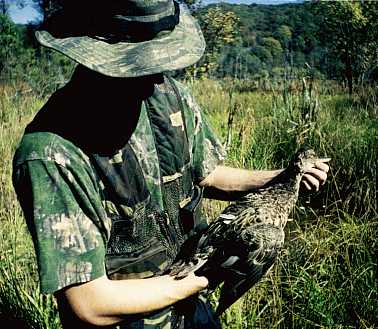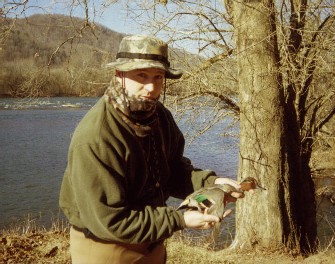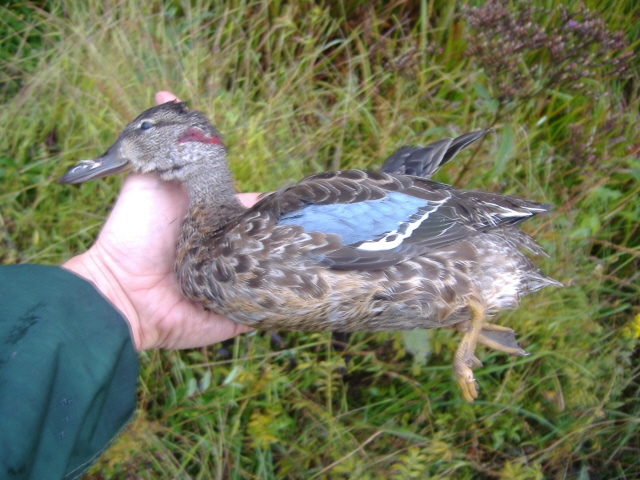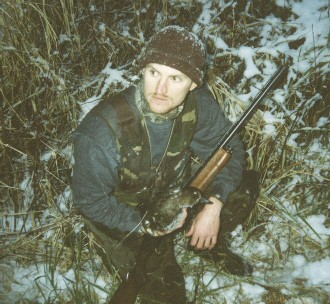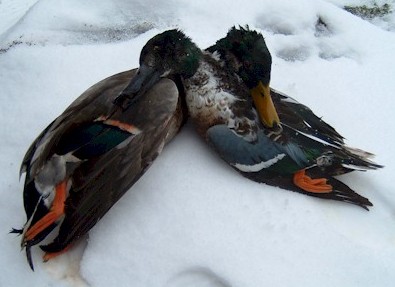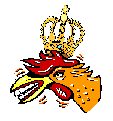
.gif)
[Home] [What's New] [About the K&R] [Links] [Site Map]
Hunting Pictures
[Dove]
[Waterfowl]
[Grouse]
[Woodcock]
[Other]
Other
Waterfowl
[Overview]
[Bufflehead]
[Gadwall]
[Teal]
[Ringneck]
[Merganser]
[Shoveler]
Other Waterfowl Hunting Overview
|
|
Bufflehead |
|
|
|
|
11.22.00 |
|
|
|
The Rooster with a picture of the hen bufflehead taken on the lake pictured. Unless you like a fishy tasting fowl, let them pass. |
|
11.22.00 |
|
|
|
The King
with a shot of the Buffle. The drakes are much easier to ID,
with large white stripe on the head and
white stripes on the back of the wings.
|
|
|
Gadwall |
|
|
|
|
10.13.01 |
|
|
|
The Rooster
with the one and only Gadwall (hen) downed by the K&R.
The picture does not show the tell-tale sign of the Gadwall, white
speculum on the back of the wings.
|
|
|
Teal |
|
|
|
|
10.11.01 |
|
|
|
The Rooster with a green-wing taken on a hot afternoon hunt. This was a solitary teal loafing with some wood ducks. Taken on the flush, a teal is a lot easier to hit than on the fly. |
|
1.11.03 |
|
|
|
The King
with a great shot of a drake green-wing teal. This teal was
taken on top of a spread of mallard decoys. |
|
10.02.09 |
|
|
|
|
Ringneck |
|
|
|
|
|
Merganser |
|
|
|
|
|
Shoveler |
|
|
|
|
1.22.05 |
|
|
|
A shot of
a drake shoveler and mallard taken on a cold January day.
Shoveler's are fair table-fare, as they eat both seed and fish.
|
[Home] [What's New] [About the K&R] [Links] [Site Map]
King and Rooster © 2004-2010 All Rights Reserved


